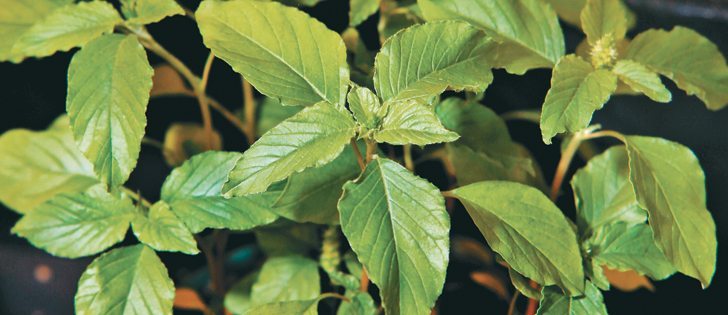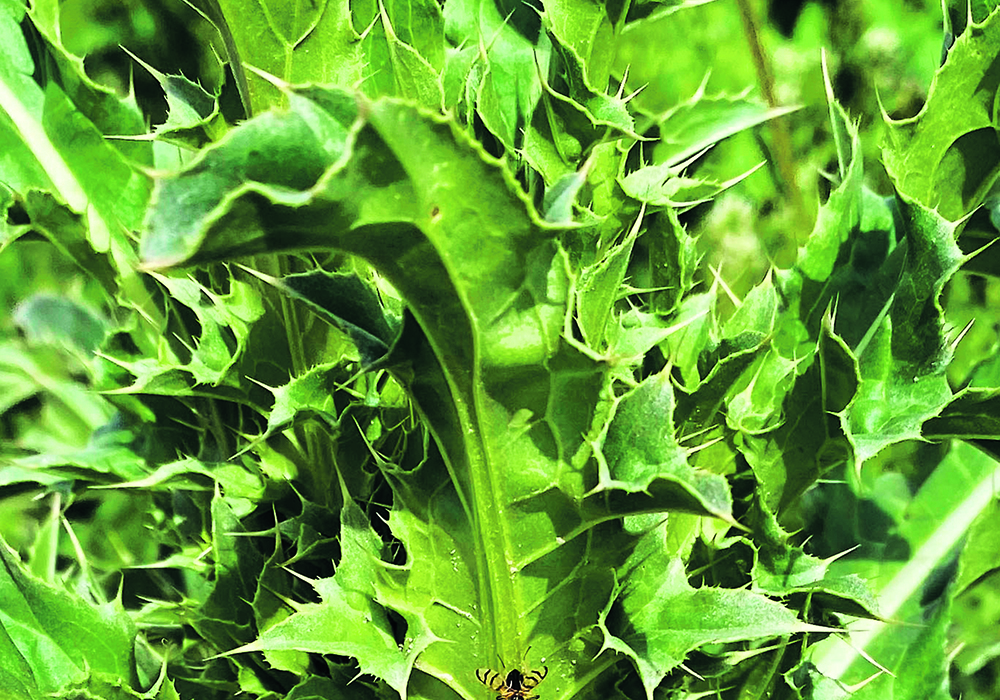Redroot pigweed is an early season competitor to crops, vying for expensive nutrients and water.
It has also developed a taste for some Group 2 chemistries in Saskatchewan and Manitoba, meaning that it limits the effectiveness of popular products like Refine, Deploy and Nimble (thifensulfuron and Tribenuron) as well as others.
It has also adapted to Group 5 triazines in Ontario’s corn country. For western Canadian farmers, that group includes Sencor, but resistance in Western Canada hasn’t been a problem and metribuzin isn’t generally used in short rotation in the region.
Read Also

Fertilizer method’s link to emissions studied
A researcher says others studying greenhouse gas emissions aren’t considering how the loss of nitrogen into the atmosphere correlates with fertilizer application or if there is an impact to yield.
Also known as amaranthus retroflexus, it is a dicot weed in the amaranthaceae family.
Redroot pigweed likes warm soils to germinate, but it can show up early in the season where limited stubble and trash allows the temperature to rapidly rise.
Pigweed’s tendency is to start after the crop is up, sometimes after an in-crop application of herbicide has been applied. That can allow the weed to seek out space that isn’t well-canopied by crop.
Very large populations of the weed can show up seemingly overnight when given the opportunity. In part, this is due to the plant’s ability to generate more than 100,000 seeds, if allowed to reach maturity.
To make matters worse, the seeds are viable for up to six years, so the sins of a flooded season or frosted out crop can be felt for years afterward if the land isn’t chem-fallowed well or tilled.
Pulse crops and flax are poor competitors to the pest, due in part to thinner canopies and more limited herbicide choices.
Pigweed is not a great competitor, so with well-timed broadleaf control, using more than one mode of action, if Group 2 tools are employed, the weed can be thwarted.
Bromoxynil and MCPA can be effectively used. Herbicide tolerant crops are generally well positioned to avoid problems with this pest.
Pigweed leaves are oval and have a notched tip when the plants are young and later develop a diamond shape.
The weed’s large, reddish taproot can scavenge moisture from deep in the soil’s profile. Lower stalks are thick and smooth, while upper areas and branches are rough and hairy.
Flower spikes carry densely packed green blossoms in July and August. The tiny seeds are round, black and shiny.
Livestock can suffer toxicity issues with pigweed, even though the weed is considered an edible plant by humans when it is in its early stages of growth.
The crop is cultivated in parts of China and the seed is ground into flour.
Herbicides with residual action will also help reduce infestations in appropriate crops.
Delaying post emergent applications of broadleaf products until soil temperatures are higher than 20 C allow for pigweed seed germination and control, but this creates issues with other weed staging.
Light applications of steel, shallow tillage with vertical tillage or seed bed preparatory tools or heavy harrowing in late fall will encourage earlier spring germination as the soil warms, creating an earlier window of control opportunities.

















